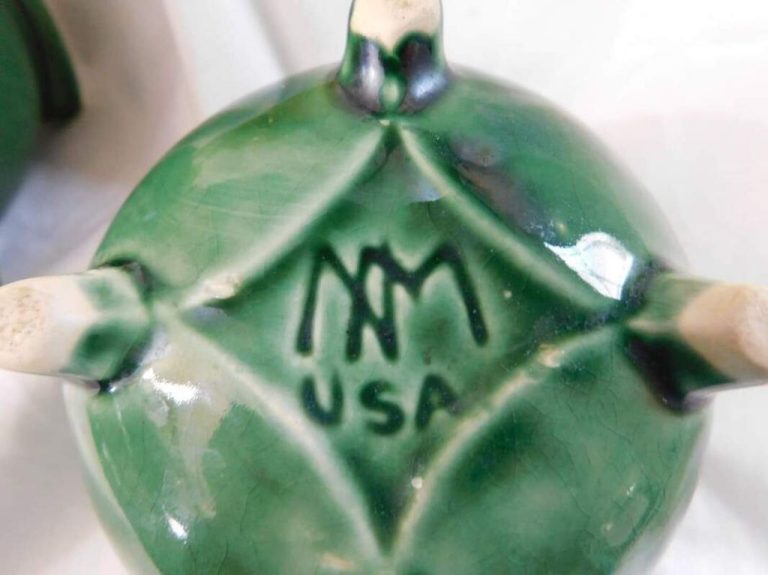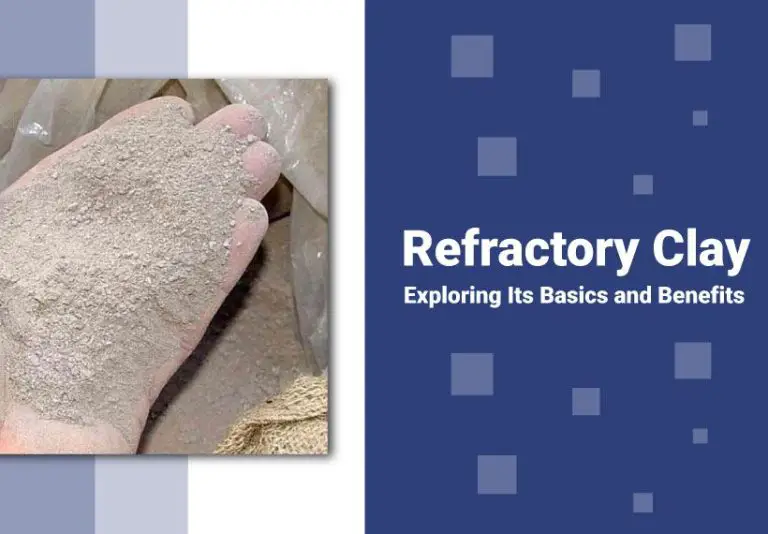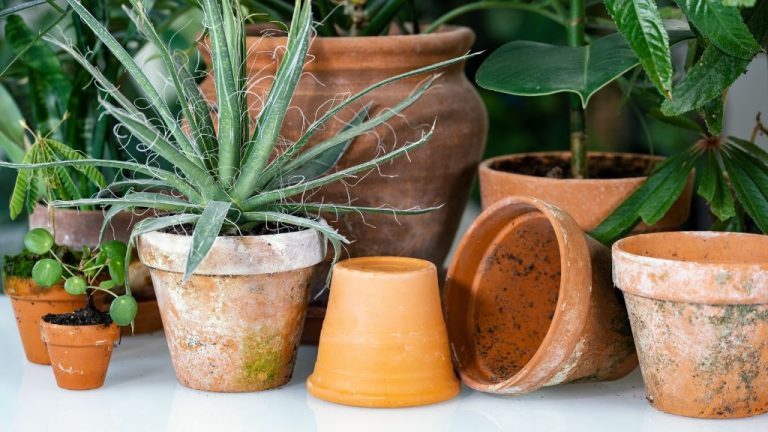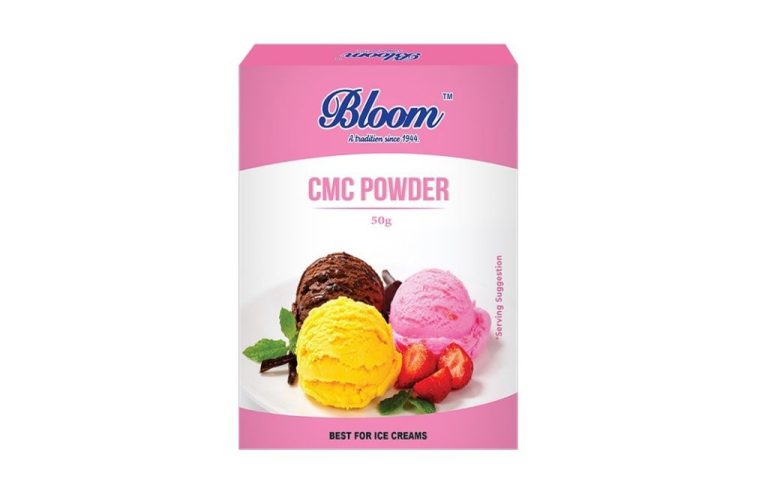What Clay Is Good For Making Molds?
Clay is a natural material composed primarily of fine-grained minerals like silica and alumina. When mixed with water, clay becomes soft and plastic, allowing it to be shaped into various forms. As the clay dries, it hardens and retains its molded shape.
Molds made of clay have been used for centuries to create duplicate metal, glass and ceramic objects through casting. To make a clay mold, the clay is shaped into a hollow form matching the desired final product. Molten material is then poured into the mold and allowed to harden, resulting in an identical cast copy.
Clay is one of the most versatile materials used for mold making. Compared to molds made of plaster or silicone, clay molds are inexpensive and easy to work with. However, clay also has disadvantages including limited durability and fewer casting possibilities. The characteristics and clay type must be carefully considered when selecting clay for mold making.
Properties of Clay
When selecting a clay for mold making, there are several key properties to consider:
Plasticity – This refers to the clay’s ability to be shaped and molded without cracking or crumbling. A clay with good plasticity will hold fine details and smooth surfaces without tearing or slumping.
Dry strength – The clay must be strong enough in its dried state to maintain the mold shape under the pressure of liquid casting material. High dry strength prevents distortion or collapse of the mold walls.
Wet strength – The clay should also have good strength when wet to avoid deforming while the mold is being sculpted and shaped. Wet strength provides resistance to sagging or slumping.
Shrinkage – As clay dries, it shrinks. The amount of shrinkage depends on the type of clay body. Minimal shrinkage is ideal for mold making to avoid cracking and preserve intricate details.
Common Clays for Molds
When selecting a clay for making molds, some of the most common and readily available options include:
Pottery Clay – Pottery clays come in different varieties like stoneware or earthenware. They are natural clays that have good moldability when wet and become hard and durable when fired in a kiln. Stoneware clays can withstand casting materials like metals or resins. Earthenware fires at lower temperatures but may not hold up as well for metal castings.
Modeling Clay – Modeling clays are pliable and smooth clays that stay soft and reusable. They typically contain oils that prevent them from drying out. While easy to work with, modeling clays are not suitable for mold making as they will deform when casting materials are poured into the mold.
Polymer Clay – Polymer clays are made from synthetic materials like PVC mixed with plasticizers and colors. They can be molded when soft and will harden when cured in a regular oven. Polymer clays make durable molds for casting low-temperature materials like resins, waxes, and plaster.
Oil-Based Clay – Some clays are mixed with oils like linseed oil that help improve their workability and ability to take fine detail. Oil-based clays remain pliable but will slowly cure and harden over time through oxidation. They are often used for making waste molds.
Wax-Based Clay – Wax-based modeling clays contain waxes that allow them to be hand shaped like clay but they do not completely harden. The wax prevents the material from drying and crumbling. As a result, wax-based clays are not suitable for mold making.
Considerations for Clay Selection
When selecting the type of clay to use for making molds, there are several key factors to consider:
Intended Use of the Mold: The purpose and use case for the mold will impact the clay choice. If making a mold for intricate metal castings or jewelry, a high quality clay that captures fine detail is ideal. For basic shapes, a more affordable clay could suffice.
Level of Detail: The amount of intricate detailing and precision needed in the finished castings determines the clay type. Production molds of complex parts call for high performance clays that won’t lose small features. Simple shapes can use lower grade clays.
Durability Requirements: How long the mold needs to last and how many castings it will produce affects the durability and quality of clay required. For short run molds, standard clays are often sufficient. High use molds demand industrial clays with higher fired strength.
Number of Castings: The quantity of castings the mold will need to produce is a key factor. If only 1-2 casts are needed, a less robust clay can work. For multiple castings, a high quality molding clay is best to maintain integrity.
Working with Clay
Working with clay requires some specific techniques to prepare it for mold making. Here are some of the main methods for working with clay:
Kneading and Wedging Clay
Kneading and wedging are important first steps when working with clay. Kneading involves pressing, folding and squeezing the clay to mix it thoroughly and remove air bubbles. Wedging is a technique that takes kneaded clay and forms it into a tapered log by pressing and squeezing it. Wedging aligns the clay particles and further removes air bubbles to improve the consistency.
Rolling Out Slabs
Rolling out slabs is done to create flat sheets of uniform thickness. This can be done with a rolling pin on a flat surface dusted with flour or using a slab roller. The clay is flattened from a ball into a pancake shape and then run through the slab roller to achieve the desired thickness. Rolling in different directions ensures even thickness.
Molding Forms
Once clay slabs are rolled out, they can be molded and shaped as needed to form the parts of the mold. Clay can be draped over forms, bent, folded, joined and smoothed to create the desired shapes. Solid clay blocks can also be carved or sculpted into forms.
Smoothing Surfaces
The surface of clay parts should be smoothed before drying and firing. A metal rib or kidney tool can scrape and compress the surface to create a seamless area. Soft rubber ribs can also smooth clay without scraping. Sponges, brushes and tools help refine shapes and textures.
Drying and Firing
Once you have shaped your clay mold, the next steps are drying and firing. You have two main options for drying the clay – air drying or kiln drying.
Air drying involves letting the clay mold dry slowly at room temperature. This can take several days or weeks depending on the size and thickness of the piece. Air drying reduces the risk of cracking as the moisture evaporates gently over time.
Kiln drying uses an electric or gas fired kiln to rapidly dry the clay mold. The increased heat speeds up the drying time to just hours instead of weeks. Care must be taken not to dry the clay too quickly, which risks cracking. Kiln drying requires gradual increases in temperature and periodic checks on the progress.
Once the clay mold is fully dried, it undergoes a bisque firing. Bisque firing further hardens the clay by heating it to temperatures typically between 1100°F to 2100°F. Bisque firing prepares the clay for the final glaze firing by converting clay minerals and making the piece less porous.
The final step is a glaze firing, which melts specially formulated glazes onto the surface of the bisque fired piece to create a glass-like coating. Glaze firing occurs between 2200°F to 2300°F. The high temperatures melt the glaze materials, allowing them to flow over the clay body to produce the final surface effects.
Understanding the drying and firing processes allows you to properly prepare your clay mold for casting and achieve your desired final results.
Making the Mold
Once you have selected and prepared your clay, it’s time to start making the actual mold. There are two main techniques for making a clay mold – piece molds and waste molds.
For a piece mold, simply press or push the object you want to cast into the clay to create an impression. Apply even pressure and try to push the object in perpendicular to the surface, while avoiding dragging it through the clay. Remove the object carefully to maintain the molded shape. You may need to repair any defects or air pockets in the molded cavity by hand.
For a waste mold, first build up walls of clay around the object to fully encase it. Ensure the walls are 1-2 inches thick. Then carefully remove the object once the clay has slightly hardened, leaving behind a hollow mold. A waste mold takes more clay but can capture finer detail. It also avoids having to push directly into the clay.
Whether using a piece or waste mold method, make sure to create mold walls that are thick and sturdy. Any thin or narrow sections are prone to collapsing. Adding keys can help align the mold pieces later. Vent holes are also useful for allowing air to escape when pouring casting material. Smooth the seams and surfaces as needed so the final mold is clean and detailed.
Casting the Mold
Once the mold has been created and fully dried, it is ready for the casting material. Clay molds can be used to cast a variety of materials including metals like bronze or pewter, plaster, concrete, and wax.
Before pouring in the casting material, the mold should be coated with a release agent to prevent the material from sticking. Common release agents include petroleum jelly, silicone sprays, and vegetable oil. The release agent ensures clean separation between the finished casting and the mold.
The casting material can then be prepared according to instructions and carefully poured into the cavity of the mold. Air bubbles should be minimized. The casting material will need adequate time to fully cure and dry before the mold can be broken and removed.
Drying and curing times will vary considerably depending on the material:
- Plaster may set in 30-60 minutes
- Concrete may take 24 hours or more to fully cure
- Wax may set in just a few minutes
- Metal castings require complex drying, firing, and cooling steps that can take days
Following the recommended drying times will result in the best castings. The finished product can then be removed, cleaned, and refined as needed.
Advantages of Clay Molds
There are several key advantages to using clay for making molds, including:
Inexpensive – Clay is one of the most affordable and accessible materials for mold making. Natural clays can be dug directly from the earth, requiring minimal processing, while commercial clays are inexpensive to purchase. This makes clay molds very budget-friendly compared to molds made from other materials.
Easy to Work With – Clay is highly moldable and responsive to touch, making it very easy to shape and sculpt a mold design by hand. No complex tools or machines are required. The moldable property of clay also makes it easy to press objects into to capture detail.
Can Reuse Mold Multiple Times – Unlike molds made from plaster or rubber that degrade over time, fired clay molds are highly durable and capable of casting multiple copies without wear and tear. As long as the mold is not cracked or damaged, it can be reused indefinitely for production casting.
Disadvantages of Clay Molds
While clay can be an inexpensive and accessible material for mold making, it does come with some downsides to consider:
Limited Detail – The surface detail that can be achieved with clay is not as intricate as what can be accomplished with other mold materials like silicone. Clay molds are better suited for objects with relatively simple, smooth surfaces.
Shrinkage and Deformation – As clay dries, it tends to shrink and crack. Certain clay bodies and casting methods are more prone to deformation than others. Special care must be taken during the drying and firing process to minimize shrinkage.
Durability Issues – Clay is generally not as durable as metal, silicone or plaster for mold making. Clay molds degrade faster and have a shorter lifespan for repeated castings. They require careful handling to avoid damage.
For these reasons, clay may not be the best choice for complex high-detail molds or production casting. The surface quality and longevity can be lacking compared to molds made from other materials. However, for simple, low-detail applications, clay can provide an accessible and inexpensive mold making option.





